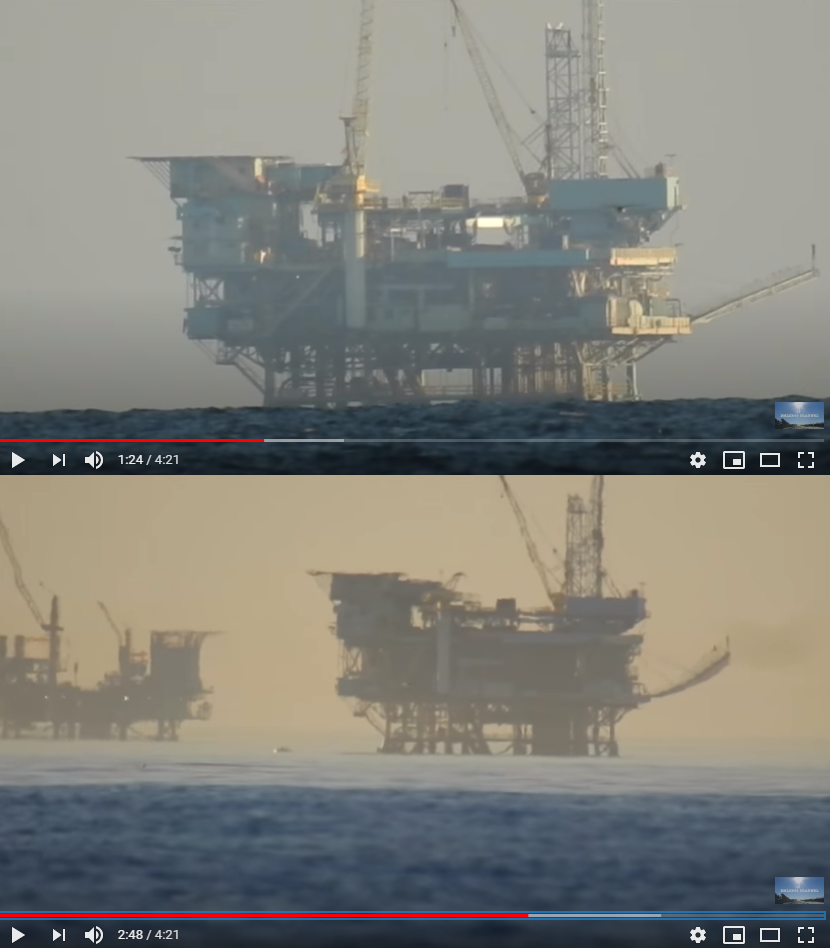Source: https://www.youtube.com/watch?v=XdNhf-Ye1gQ
Oil rigs off the coast of Santa Barbara give us some great opportunities to view the curve of the Earth. But they also provide great opportunities for refraction to confuse the issue. How do we know it's not just refraction on a flat earth that just LOOKS round? I've added the oil-rigs to my refraction simulator, so people can experiment with what refraction is capable of doing. Also to demonstrate that you can't actually make a Flat Earth look round with refraction.
https://www.metabunk.org/refraction...*20Habitat*20Oil*20Rigs*20*28CLEAR*20DAY*29)_
About standard refraction:
Raised Platform Habitat, with stretched section:
Flat Earth looking round with impossible negative temperature gradient.

